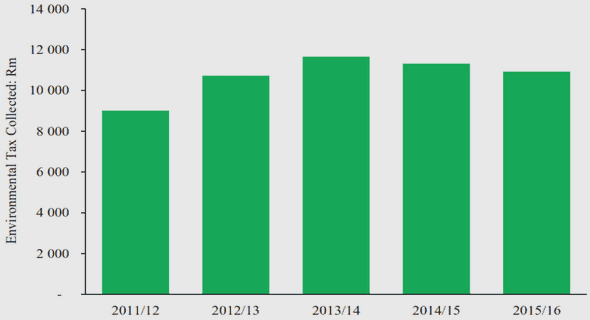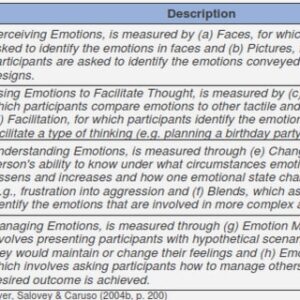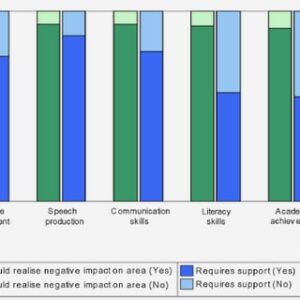(Downloads - 0)
For more info about our services contact : help@bestpfe.com
Table of contents
Chapter 1 INTRODUCTION
1.1 General context
1.2 Research objectives
1.3 Outline of thesis
Chapter 2 SALTWATER INTRUSION INTO THE COASTAL AQUIFER AND THE STUDY AREA
2.1 Hydrodynamics in coastal aquifers
2.1.1 Dynamic balance of fresh water and salt water in a coastal aquifer
2.1.2 The pattern of fresh water flow in a coastal aquifer
2.2 Effects of density in coastal groundwater
2.2.1 Groundwater head of variable density
2.2.2 Variable-density flow
2.3 The Crau aquifer and study area
2.3.1 Introduction
2.3.2 Geological and hydrogeological setting
2.3.3 Topography
2.3.4 Climate
2.3.5 Artificial recharge and discharge
2.3.6 Origin of salinity of Crau aquifer
Chapter 3 METHODOLOGIES
3.1 Methods
3.2 Hydrodynamic measurements
3.3 Geophysical investigation
3.3.1 Electromagnetic (EM) mapping
3.3.2 The Electrical Resistivity Topography (ERT)
3.3.3 Applying geophysics to validate flow and transport modeling
3.3.4 Application to the study area
3.4 Short-lived natural radioactive isotopes as tracers
3.4.1 General introduction
3.4.2 Estimate of groundwater velocities using the decay of 222Rn in a single well
3.4.3 Estimate of groundwater discharge in to surface water using 222Rn continuous monitor
3.5 Numerical modeling of saltwater intrusion
3.5.1 Introduction
3.5.2 Heterogeneity and variable-density flow
3.5.3 Governing equations
3.5.4 Numerical modeling of heterogeneity and variable-density flow
3.5.5 FEFLOW Code
Chapter 4 RESULTS
4.1 Geophysics survey
4.1.1 Electromagnetic mapping (EM34)
4.1.2 Electrical Resistivity Tomography (ERT)
4.1.3 Partial conclusions
4.2 Isotopic surveys
4.3 Groundwater numerical modeling
4.3.1 Conceptual model
4.3.2 3D density-dependent flow model
4.3.3 Information on saltwater intrusion
4.4 Coupling geophysical and isotopic approach to calibrate and validate saltwater intrusion modeling
4.5 Effect of recharge and pumping on saltwater intrusion
GENERAL CONCLUSION
Bibliography



